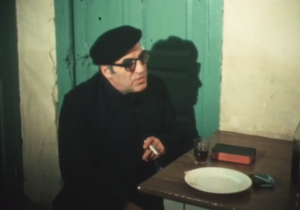
Un cura preocupado de que una pareja viva en el mismo hogar sin estar casados, pide un milagro. Reza para que alguien en la pareja se enferme a fin de que valoren la vida y entiendan la necesidad de seguir los preceptos de su religión.
A priest concerned with a couple living together without being married, asks for a miracle. He prays for someone in the couple to become ill so that they will value life and the need to follow the precepts of religion.
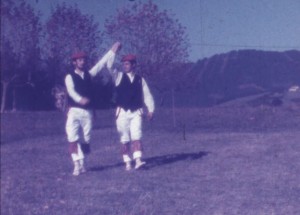
La primera parte de la película recoge la historia pasada de Bizkaia y el País Vasco a través de sus pueblos. En cada pueblo se realiza una narración relacionada con la historia de ese lugar y su contexto en relación a Bizkaia.
The first part of this film tells the past story of Biscay and the Basque Country by depicting its towns. Each town has a narration, related to that place's history and to its context relating it to Biscay.
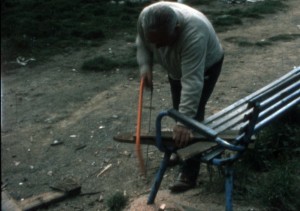
Segunda parte de la película que, partiendo del año1975, plantea qué ha sido de quienes perdieron la guerra. El filme habla de opresión, el mundo del trabajo, la evolución de los pueblos y los problemas que enfrentan.
The second part of the film starts in 1975, and tells the story of those who lost the war. The film speaks of oppression, the job market, the evolution of towns and the problems they face.
The film follows a blind young man in Lorestan who spends his summer alone in his village while everyone else has moved under the mountain away from the heat. He waits for cars next to the road in hopes that they will give him money. While trying to find a car that passed him one day he finds a water stream by accident and the calmness of its environment makes him seek refuge there every day. But the seasons change and after the first rain, the small stream turns into a big body of water and the young man is left with nowhere to bring him happiness every day.
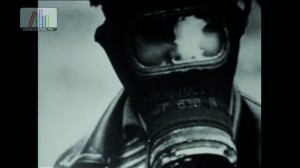
“1975 yılında yapılmıştır. İngiltere'nin İrlanda’daki sömürüsü, politik mahkumları, özgürlük mücadelesi hakkında 5 dakikalık bir filmdir. Dönemin görsel materyal azlığı koşullarında bol fotoğrafla ve az görüntülü bilgilendirme amaçlı bir filmdir.” Sinematek.tv: http://sinematek.tv/davut-ile-golyat/ (1 November 2019).
“It was made in 1975. This 5-minute-long film is about the British exploitation in Ireland, the political struggle [of the Irish people], and the fight for freedom. Because of the lack of visual material at the time of production, it purposefully benefits from the use of [the historical] photographs as counter-information.” Sinematek.tv: http://sinematek.tv/davut-ile-golyat/ (1 November 2019).
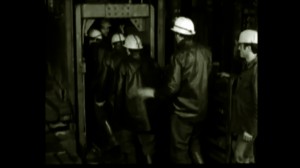
“Zonguldak Çatalağzı isimli kömür çıkarma kuyusunu 26 eylül 1969 yılında su basmış. Bu kuyu o dönem en fazla kömür üretimi gerçekleştirilen kuyu imiş. TKİ bir proje kapsamında suyu boşaltmış [...].” Sinematek.tv: http://sinematek.tv/catalagzi-kuyusu-1975/ (20 November 2019).
“The coal mine in Zonguldak, named Çatalağzı, was overflowed on September 26, 1969. The coal mine was the most productive one in the country at the time. Turkey's Directorate General of Coal Enterprises (the abbreviation “TKİ” stands for the Directorate) designed a project to put the water out [...].” Sinematek.tv: http://sinematek.tv/catalagzi-kuyusu-1975/ (20 November 2019).
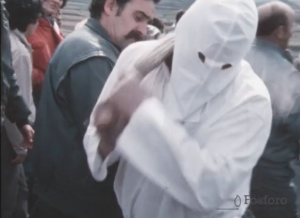
El filme muestra una procesión católica en la que hombres cargan esculturas de la Virgen y Cristo cargando una cruz. Cientos de personas caminan con ellos, incluyendo unos cuantos hombres vestidos de blanco, con máscaras y la espalda descubierta, que caminan de espaldas mientras se auto-flagelan. Se muestran diversas imágenes de estos hombres golpeándose a sí mismos, gente caminando junto a las estatuas y un hombre con una máscara blanca y una túnica café que muestra una cruz en la espalda; este hombre en particular camina sin zapatos y con cadenas alrededor de sus pies. Casi al final del filme, los hombres vestidos de blanco van ante un sacerdote que pica sus espaldas con un pequeño instrumento hasta que sangran, para después continuar auto-flagelándose. La película termina con imágenes de la procesión aún avanzando.
The film shows a Catholic procession in which men carry sculptures of the Virgin and of Christ carrying a cross. Hundreds of people walk along with them, including a few men all dressed in white, with white masks and their backs uncovered, that walk backwards while they are self-flagellating. The film contains several images of this men beating themselves, people walking along with the statues and one man with a white mask and a brown gown with a cross on the back; this particular man walks without shoes and has chains around his feet. Almost at the end of the film, the men dressed in white go before a priest that punctures their backs with a small instrument until they bleed, afterwards, the continue to self-flagellate. The movie finishes with images of the procession still advancing.
"amateur film of the Blue Max Motorcycle Club" centerforhomemovies.org
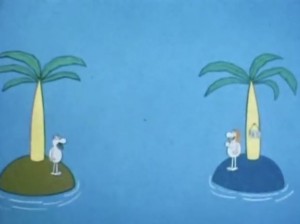
Pequeña historia de náufragos donde una mujer es llevada por sus más ardorosos sentimientos, comprobando los límites del egoísmo del hombre.
Short story about castaways in which a woman is carried away by her most burning feelings, proving the limits of man's selfishness.
Total Pages: 299